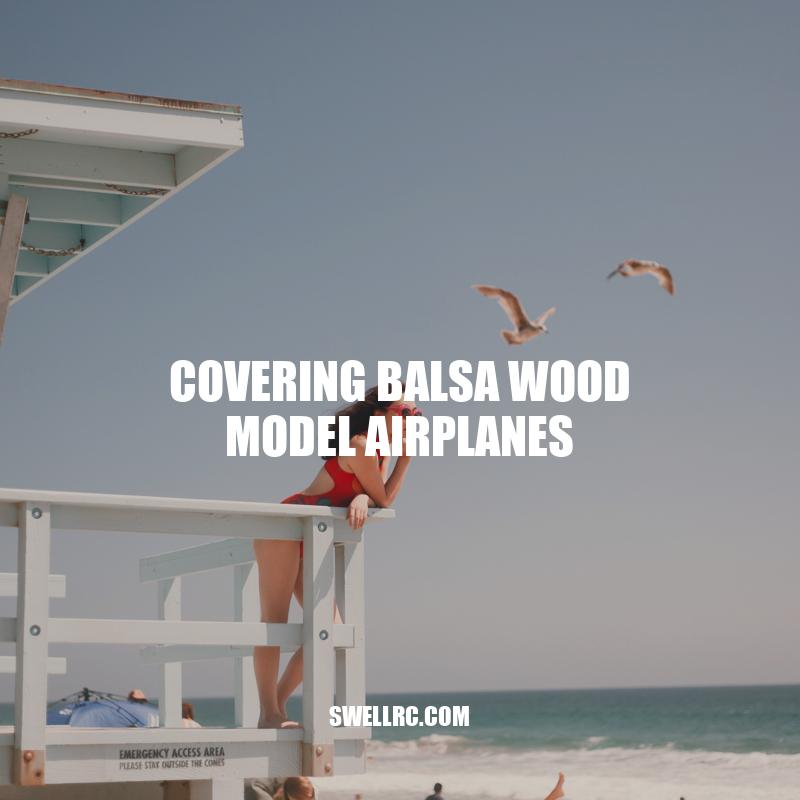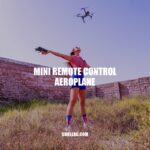Covering Balsa Wood Model Airplanes: A Complete Guide.
Balsa wood model airplanes are popular among hobbyists who enjoy building and flying their own miniature aircraft. Whether you are building your very first plane or a seasoned pro, the process of covering your model airplane is crucial to its success. Covering refers to the material used to cover the wooden frame of a model airplane in order to give it a smooth, clean finish that is aerodynamic. Covering material can be purchased in a variety of colors and patterns, and is either applied to the airplane with adhesives or heat-shrunk onto the frame. Some of the most popular covering materials for balsa wood model airplanes include tissue paper, monokote, and ultracote. Tissue paper is a lightweight, affordable option that is perfect for beginners or for those who want to add custom designs to their model planes. Monokote and ultracote, on the other hand, are heat-shrinking plastic coverings that offer a more durable finish that resists heat and ultraviolet (UV) rays.
Various covering materials for balsa wood model airplanes
Covering refers to the material used to cover the wooden frame of a model airplane. There are various types of materials available that can be used for covering. Here are some of the popular covering materials for balsa wood model airplanes:
- Tissue paper – a lightweight and inexpensive covering option that is ideal for newbie builders. It’s easy to apply, and there are a wide variety of tissue paper colors and designs available on websites like Amazon or HobbyKing.
- Monokote – a heat-shrinking plastic material that offers a durable finish and resists heat and UV rays. It comes in a variety of colors and can be purchased from websites like eBay or Amazon.
- Ultracote – another heat-shrinking plastic material that is similar to Monokote but is thicker and has a higher gloss finish. It is also available in a variety of colors and designs and can be found on HobbyKing or Amazon.
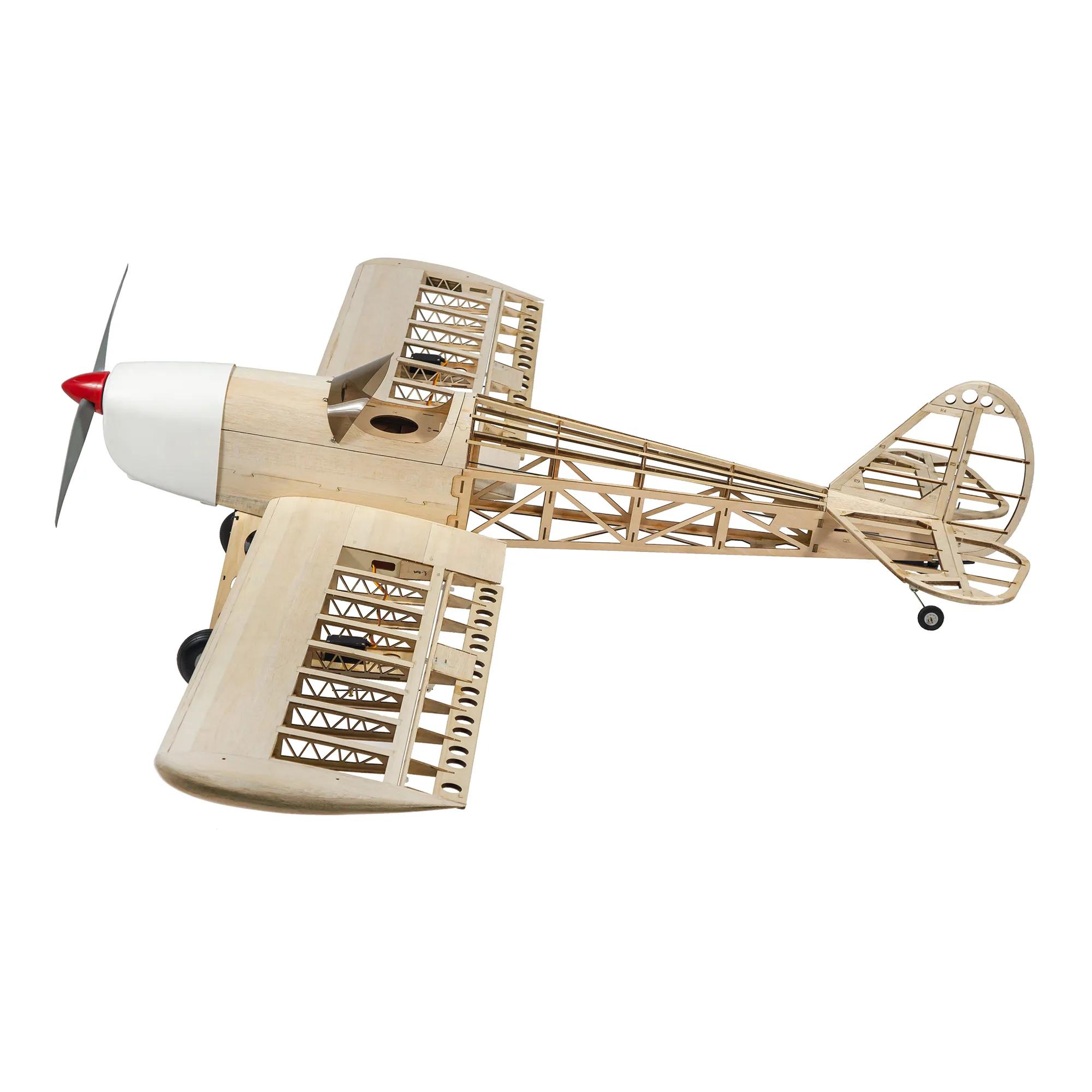
What are some popular covering materials for balsa wood model airplanes?
Popular covering materials for balsa wood model airplanes include tissue paper, film covering such as Monokote or Ultracote, and fiberglass cloth with epoxy resin.
Covering Choices for Balsa Wood Models
Before beginning the process of covering your balsa wood model airplane, it is important to ensure that the frame is clean and free of any dirt or debris.
Here are some steps on how to apply covering to a balsa wood model airplane:
- If you are using tissue paper, apply a thin layer of adhesive, such as white glue, onto the frame before attaching the paper.
- For monokote or ultracote coverings, simply lay the covering over the frame, apply heat with a heat gun, and smooth out any wrinkles or bubbles.
Here is a table that summarizes the covering materials discussed and their respective features:
| Covering Material | Key Features |
|---|---|
| Tissue Paper | Lightweight, affordable, and available in a variety of colors and designs. |
| Monokote | Heat-shrinking, offers a durable finish that resists heat and UV rays, and comes in a variety of colors. |
| Ultracote | Thicker than Monokote, has a higher gloss finish, and comes in a variety of colors and designs. |
Note: It is important to choose the right type of covering material based on your specific needs. Some popular brands of tissue paper include SIG Manufacturing’s colored tissue paper and Top Flite’s premium tissue.
For monokote and ultracote coverings, some popular brands include Top Flite Monokote, Hangar 9 UltraCote, and Coverite Coverlite. Additionally, you may need a heat gun like this one from Wagner to properly apply and seal the covering.
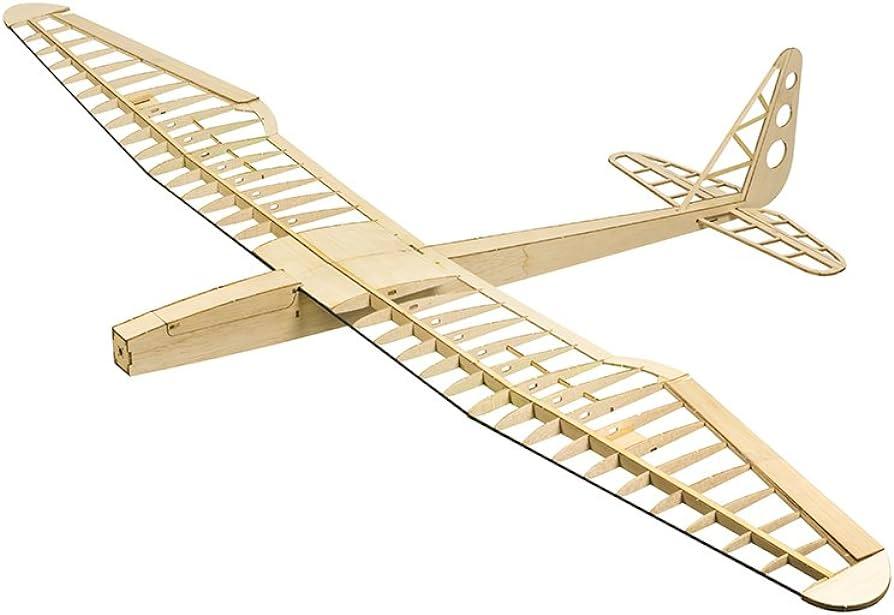
What are some popular brands of tissue paper, monokote, and ultracote coverings for balsa wood model airplanes?
Some popular brands of tissue paper, Monokote, and Ultracote coverings for balsa wood model airplanes are Coverite, Top Flite, and Sig.
Optimizing Your Balsa Wood Model Airplane Covering
Tips and tricks for optimal covering.
It is important to take your time when covering your balsa wood model airplane in order to avoid mistakes or damage to the frame. Here are some tips and tricks for optimal covering:
- Always cut your covering material to size before applying it to the frame, and be sure to use a sharp X-Acto knife for precision cutting.
- When working with heat-shrinking coverings, be careful not to overheat the plastic, which can cause it to become brittle or crack.
- Use a heat gun with a low setting to slowly and evenly apply heat to the covering material. Avoid holding the heat gun in one place for too long to prevent the covering from melting or burning.
- For best results with tissue paper, apply a layer of clear dope over the tissue paper to give it added strength and durability.
- If you are unsure about how to apply covering to your balsa wood model airplane, consider watching videos or reading tutorials on websites such as Flite Test or Model Airplane News.
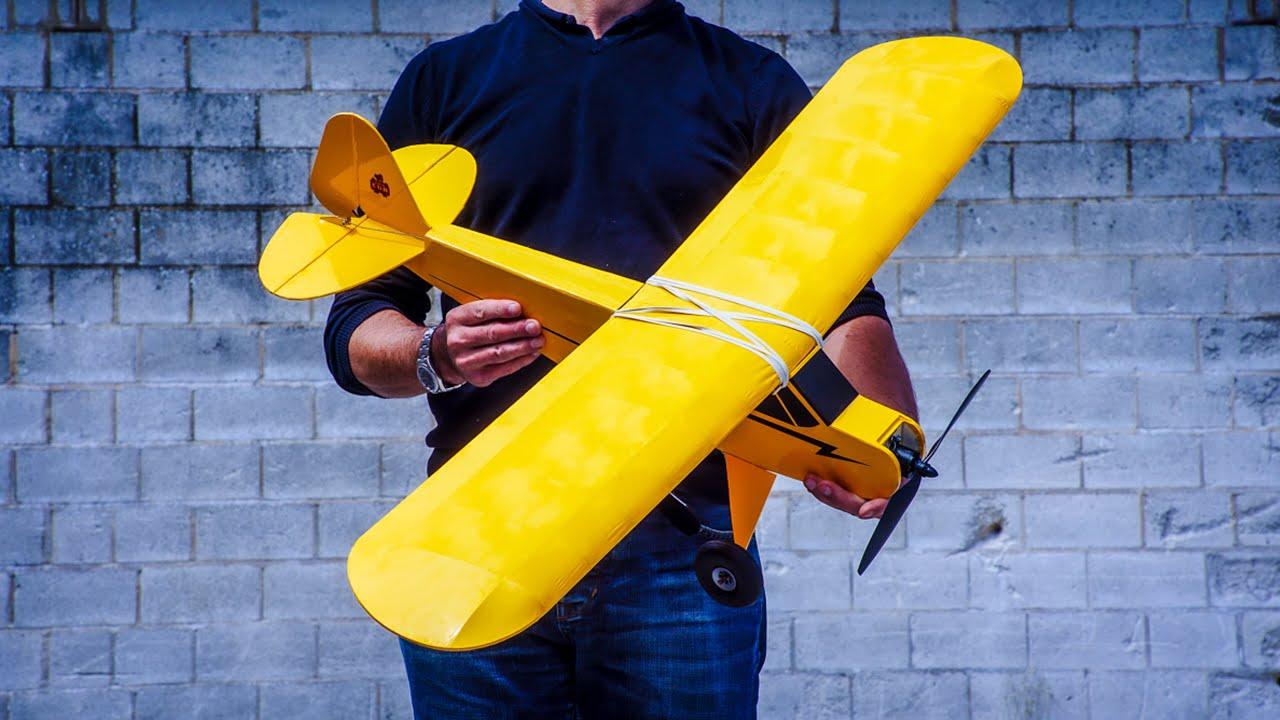
What are some tips for working with heat-shrinking coverings when covering a balsa wood model airplane?
Some tips for working with heat-shrinking coverings when covering a balsa wood model airplane are to use a heat gun or iron set on a low temperature, apply the covering gradually and evenly, secure the covering with masking tape before shrinking it, and use a heat-resistant glove to avoid burning your fingers.
Alternative Covering Options
Additional covering options.
In addition to tissue paper, monokote, and ultracote, there are other covering options you may want to consider for your balsa wood model airplane. Here are some additional covering options:
- Oracover: A heat-shrinking covering made from polyester fabric that is known for its durability and resistance to punctures and tears.
- Solarfilm: A heat-shrinking covering that features a strong adhesive backing and is available in a variety of colors and designs.
- Dope and fabric: A classic approach to covering model airplanes that involves applying layers of dope to a lightweight cotton or silk fabric.
These options can be found at hobby stores or online retailers such as Tower Hobbies or Horizon Hobby. Be sure to research the pros and cons of each option and choose the one that best fits your needs and preferences.
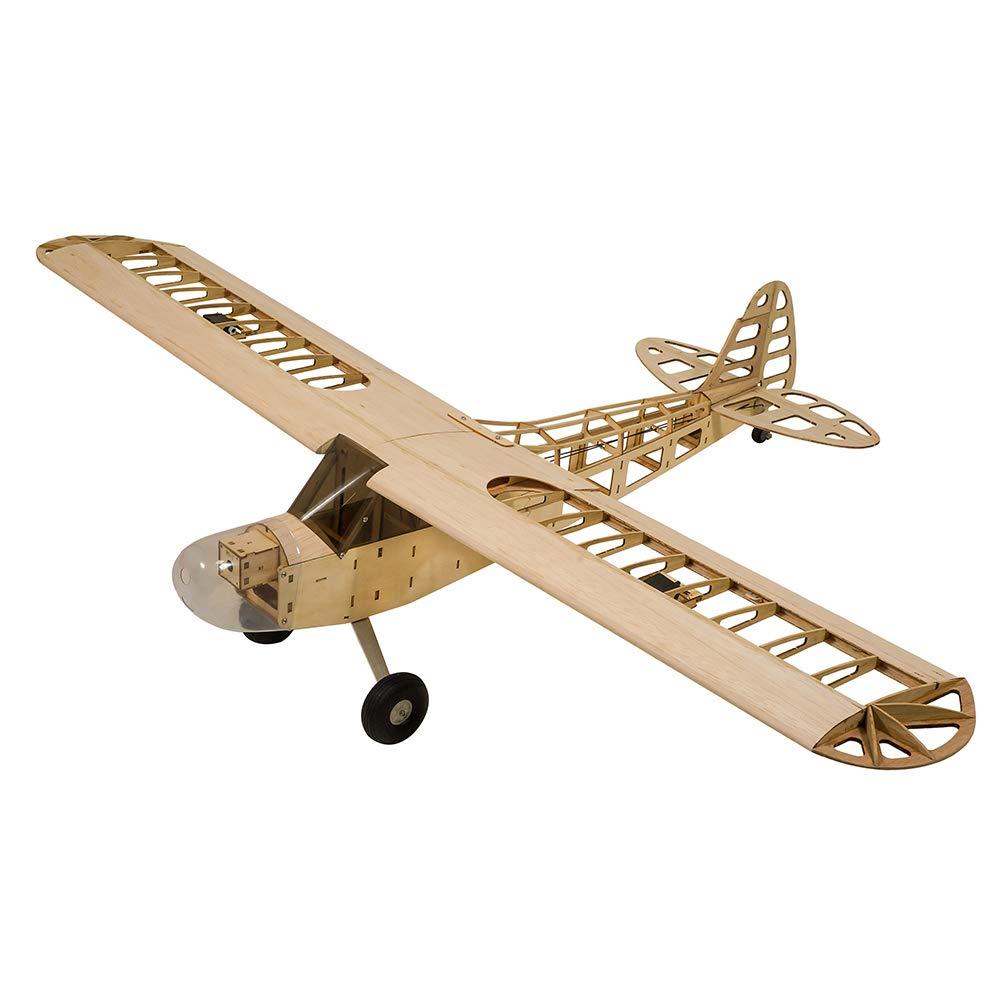
What are some other covering options for a balsa wood model airplane besides monokote and ultracote?
Some other covering options for a balsa wood model airplane include tissue paper, silkspan, and solarfilm.
When it comes to covering your balsa wood model airplane, it’s important to choose the right material and technique. Consider the type of flying you’ll be doing and the environment in which you’ll be flying, as well as your own experience level and preferences. Tissue paper is a great option for beginners or for those who want to add custom designs to their planes, while heat-shrinking coverings like monokote or ultracote offer durability and resistance to heat. Other options, such as Oracover, Solarfilm, and dope and fabric, may also be worth exploring. Whichever material you choose, be sure to follow the proper steps for application and take your time to ensure a smooth, aerodynamic finish. With the right covering, your balsa model airplane is sure to soar.
Conclusion
In conclusion, covering your balsa wood model airplane is an essential step in the building process that can greatly impact the look and performance of your aircraft. There are a variety of covering materials and techniques to choose from, each with its own advantages and disadvantages. By researching your options and choosing the material and technique that best fits your needs and preferences, you can ensure that your model airplane is covered with a smooth, aerodynamic finish that will perform well in the air. Happy building and flying!

